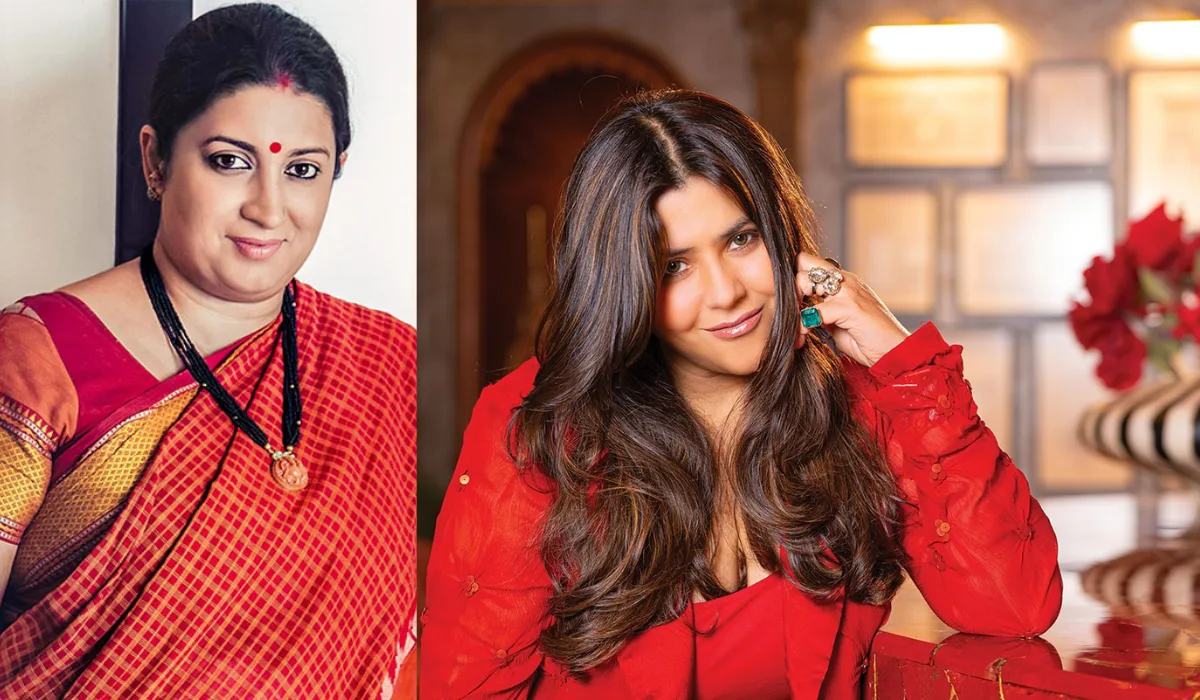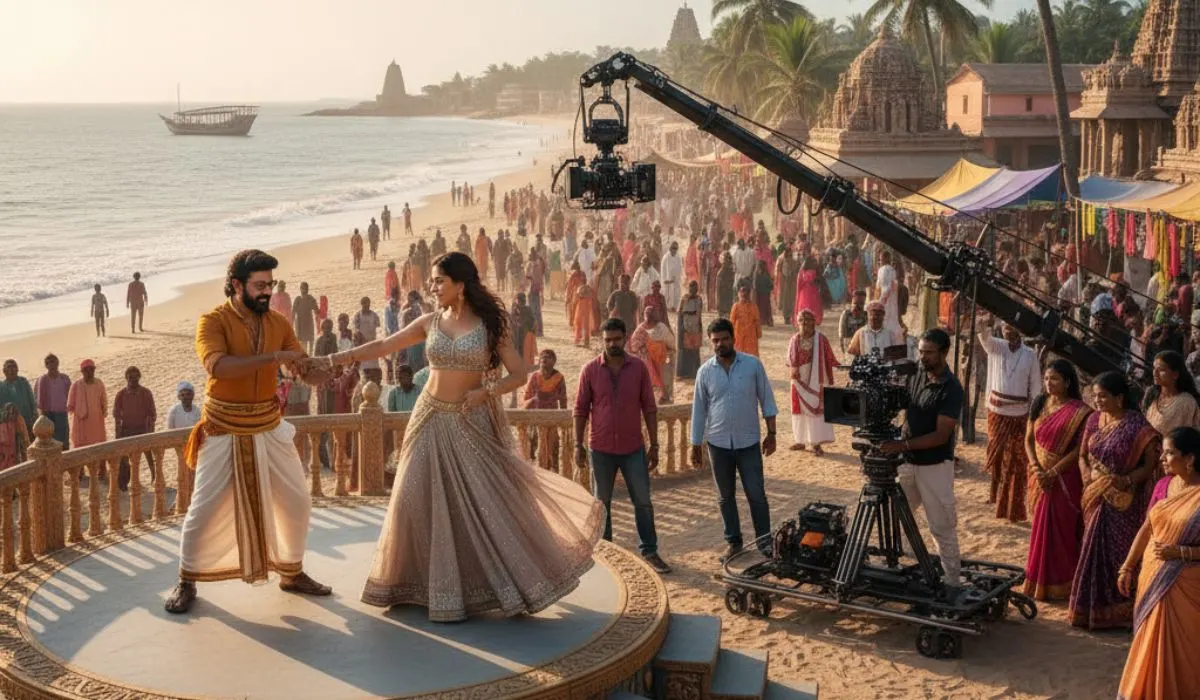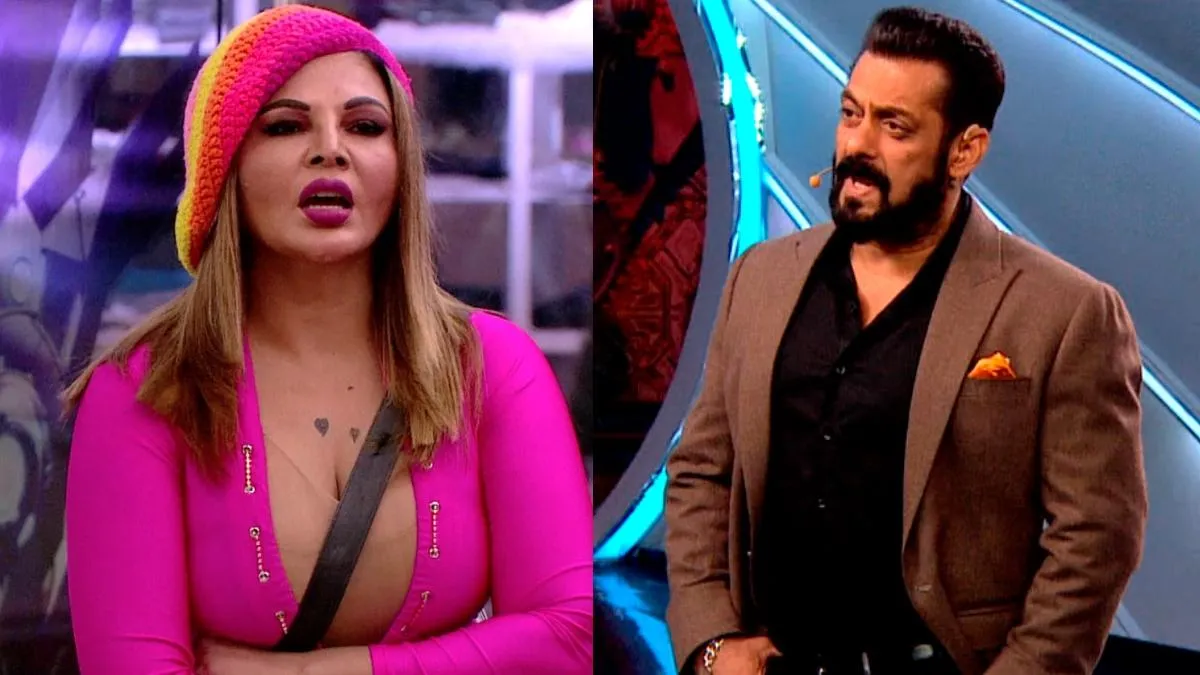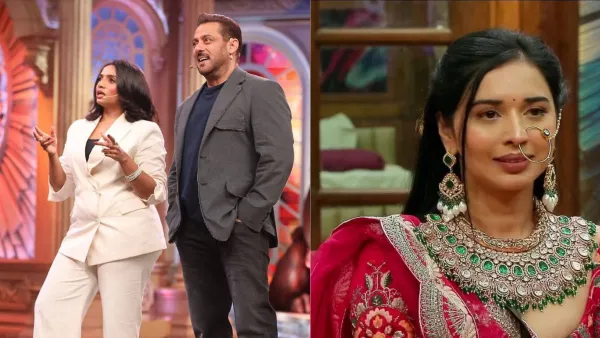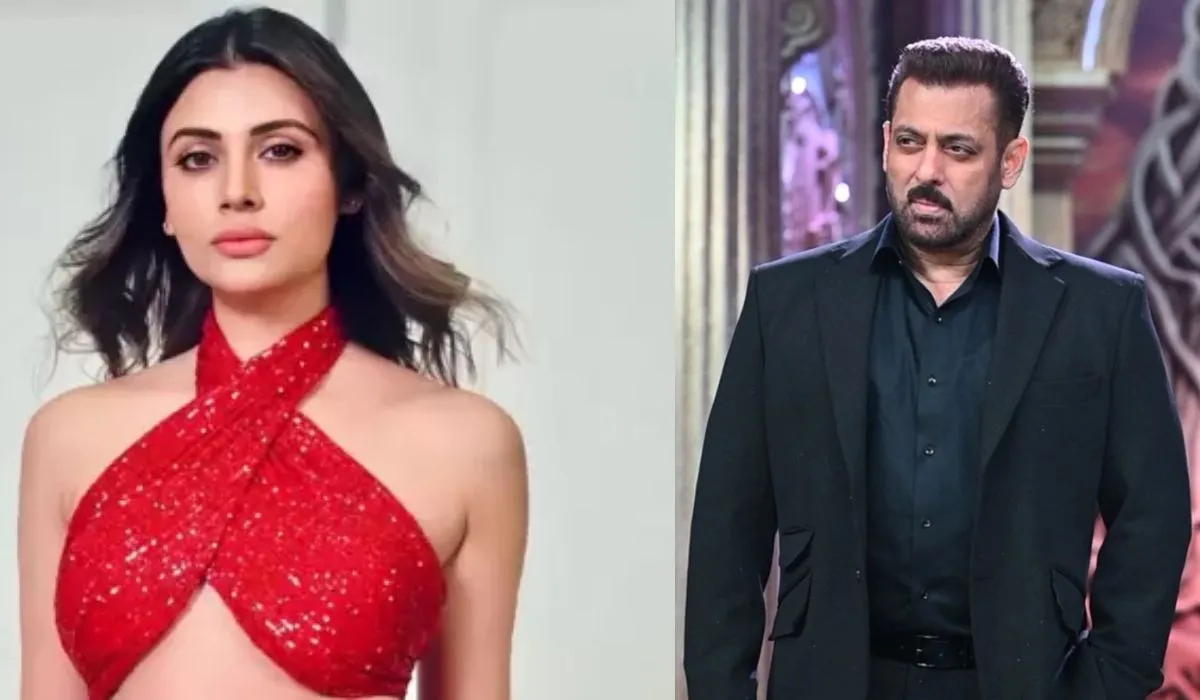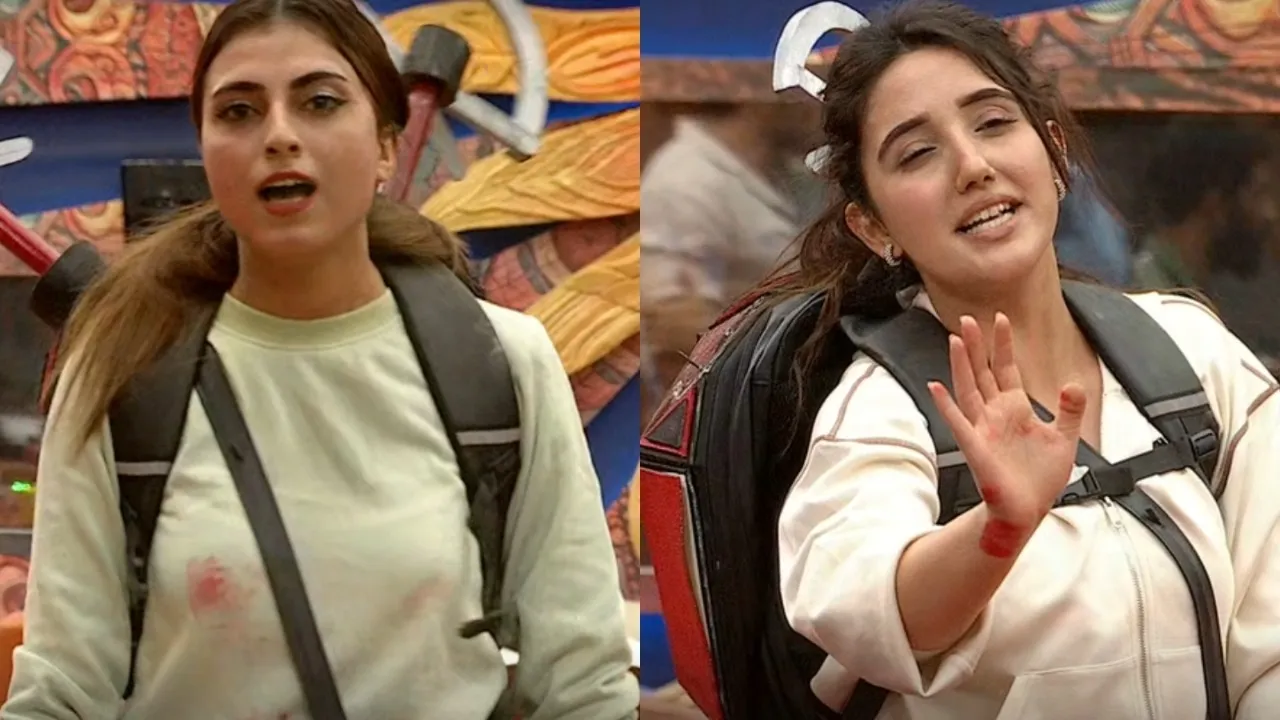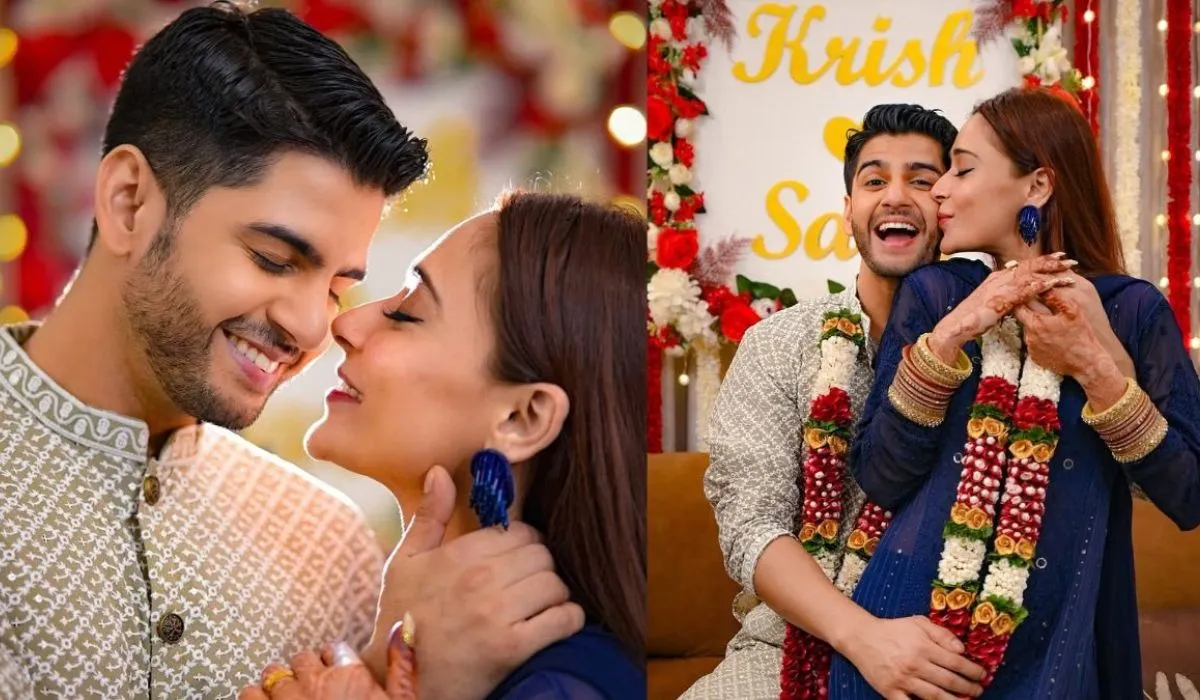So, here’s the latest. Ekta Kapoor dropped a surprise—Kyunki Saas Bhi Kabhi Bahu Thi is streaming on JioCinema, not cable TV. For many of us, watching that show at 10pm sharp was a ritual. Now, it’s mobile, it’s flexible. Missed an episode? No penalties. Want to binge several? Go ahead. In 2025, people prefer Netflix-style consumption. This new Kyunki feels built for that kind of audience. It’s still the same family saga, but now it lives where every tap and scroll happens.
There’s something liberating about that change. No waiting for your mom to free the TV. No remote wars. It’s all on your screen, whenever you are. Eating lunch alone? Kyunki. Riding the bus? Kyunki. Lying awake at two a.m.? Kyunki again. And for Ekta, it’s a chance to bring the old magic into a new context. To let daily soap rhythms sync with digital attention spans. The heart might be the same—but the structure and pace have changed.
Legacy Meets Fresh Talent: Faces You Know, Faces You Don’t
Okay, so what about the cast? Full disclosure—characters we once loved may return, but mostly to pass the baton. The main story now rests on younger actors, people who know how to act without screaming or crying for minutes straight. They come from indie films, OTT shows, theatre.
They’ve learnt to communicate more with silence than tears. But don’t think nostalgia is retired. Expect subtle nods. A family heirloom prop. A specific phrase Tulsi once used. A glance between older characters that signals the past show’s legacy.
Maybe even a few cameo appearances from original actors—just enough to make hardcore fans feel seen, but without dragging in old plot lines. All this lets the show feel both new and familiar. You sense the strings from the original series, but you also see these strings carried by fresh hands.
Read also: Kyunki 2.0 Is Finally Here Tulsis Back and So Is the Drama
Stream-Friendly Structure: Tighter Drama, No Filler
Remember how the original could stretch a single argument for days? Kyunki 2 shakes that up. Being on OTT means 24–30 minute episodes, often releasing weekly instead of daily. Each episode counts—less padding, more substance. What does that mean? Conflict moves faster.
Secrets get revealed quicker. Villains plot sooner. Loyal daughters-in-law find their voice earlier. It's emotional, yes. But leaner. And pacing feels smarter. When something big happens—big CGI wedding, a betrayal, or a courtroom clash—it lands harder, instead of losing impact after four episodes of crying.
Also, the narrative arcs may be divided into “phases.” Like, Phase 1 might be the wedding story. Phase 2 the inheritance battle. Phase 3 a scandal that goes viral. You see structural planning instead of dragging.
Tradition in a Modern Shell: Still Kyunki, But Wiser
The soul of the show remains. Family gatherings. Morning aarti. Sarees and rituals. Even showdown glare moments over puja thalis. Yes, those remain. But now there’s a subtext—characters question ritual meaning, weigh tradition against personal goals.
That alone brings gray shades to every stereotype. You’ll still have festivals like Diwali or Ganesh Puja shown in detail. But now someone at the scene might ask why selfie-sticks and rituals can’t co-exist. Or maybe there’s a dip in relation to a family wedding where a same-sex couple is quietly accepted, not sensationalized.
These choices keep the show rooted, yet alive in today’s India. It’s a statement: you can be rooted in tradition and still evolve. Khap panchayats may not be part of the script, but moral values still anchor the story.
Deeper Conflicts, Not Just Clashes
The new Kyunki isn’t about people screaming at each other all the time. It’s more about internal drama. A mother-in-law grappling with a daughter-in-law who’s an entrepreneur. A granddaughter navigating mental health in a family that values their reputation over emotions.
A son who’s gay, but doesn’t want the family drama to explode. These are heavy themes, yes—but they’re handled through personal conflict, whispers in corridors, betrayals not via monologues but via half-closed doors. The twist is that conflict is internal first.
Characters reflect, falter, then act. That’s different from the original Kyunki where decisions were explosive, immediate. Here, you might see a character sketch quietly deal with sadness, fail, try again. It's more layered. Less dramatic in volume, yet more powerful in impact.
Visuals and Sound That Speak Legacy
Don’t expect grainy lighting or flat camera angles. Kyunki 2 leverages better visuals. Cinematic framing. Soft focus during emotional beats. Even darker lighting for morally grey scenes. Music is minimal, emotional piano notes instead of extended theme songs.
But don’t worry—the “Kyunki…” line probably returns, edited into the new theme for nostalgic goosebumps. The sets are grand, yes. But kitchens have modern gadgets. Temples have smart lights. Sarees drape over phone-holding hands. Festival scenes may be shared as reels in the show itself. And dialogues have pauses—giving viewers space to feel the moment rather than bundle every beat into words.
Why It Matters: Kyunki 2 in a Post-Soap World
Think back—at its peak, the original series filled living rooms, water cooler talks, and debates across generations. Now? People talk about trailers online, reactions across WhatsApp discussed under memes. Kyunki 2 taps into that. It respects our emotional memories, but doesn't cling to them.
In a world where shows about serial killers and time-travel rule the charts, Kyunki may seem old-fashioned. But that’s the point. Not everything has to be frenetic. Some stories gain depth by letting silence do the talking.
Family drama—done subtly —can still feel electric. If successful, this comeback might open doors for other legacy shows. Modern remakes of Saas-Bahu spectacles—more ripples of memory for a new generation to decode. Kyunki 2 might become the test case.
Read also: Inside Kyunki 2 Old Faces New Drama Same Sanskaar
Expect Emotional Beats and New Realities
What should you buckle up for? The show promises: Emotional confrontations—but quieter, nuanced; Family secrets and Betrayal arc that's not rushed; Streaming-friendly pacing that doesn't drag; Rebooted characters with personal flaws and ambition;
Gay representation woven into storytelling&mdah;not separate; Mental health dialogue in context, not preachy; Old-school symbolism (like vermilion or puja thali) married to modern concerns (like career ambition or inheritance rights). If all that happens without forcing melodrama, Kyunki 2 might feel like a valve release for older viewers—and like a fresh mystery drama for new audiences.
Kyunki Reinvented, Not Repeated
At the end of the day, if this Dobara Kyunki tells the same story just with sharper editing—it might still feel like retread. But if it builds on what made the original special—emotional fidelity, family tension, tradition—and layers it with modern storytelling, it might become something new altogether. JioCinema is betting nostalgia brings the audience—but the show needs substance to keep them. If Ekta and her team nail it, viewers will rediscover the Virani house in a modern avatar—and maybe argue about plotlines over chai again. So yes, Kyunki is back. Not on TV, on phones. Not for old viewers only, but for new ones too. Not just as a ghost of memory—but as a living, evolving story



